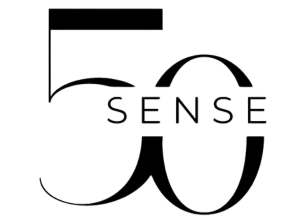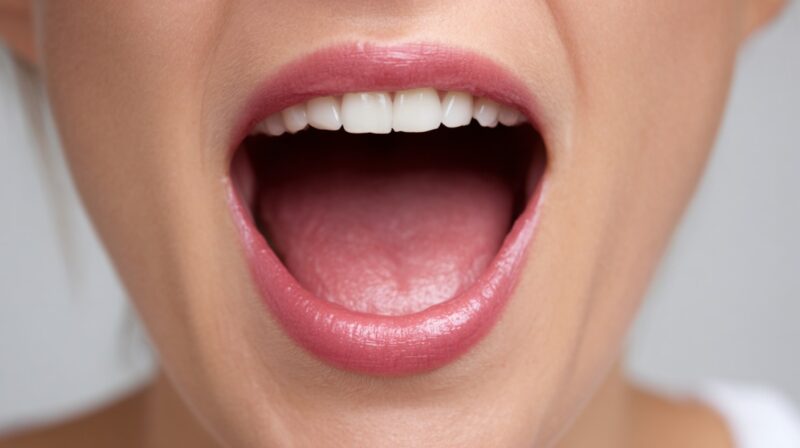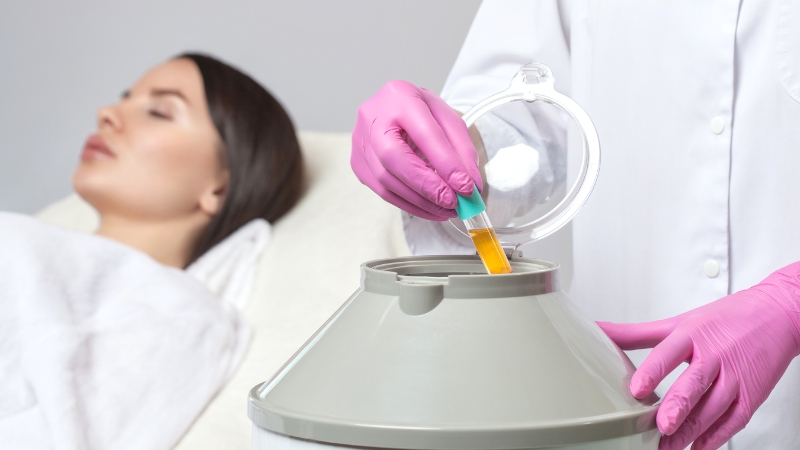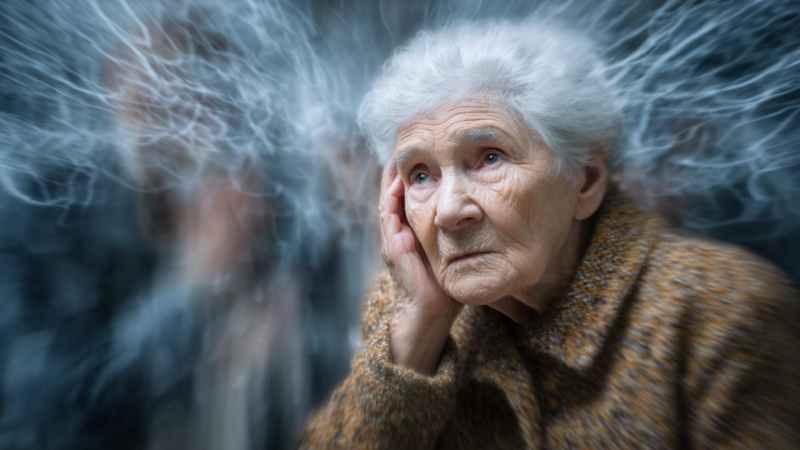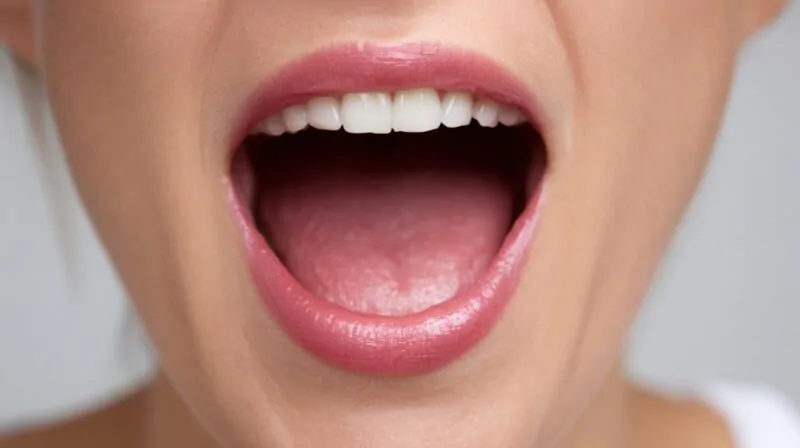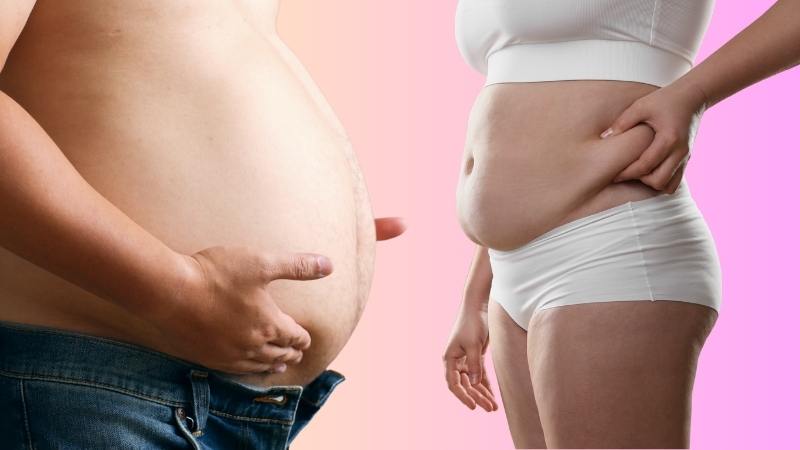
Share Post:
Hormones control where fat builds up across the body. Different levels create different shapes. When the system goes off balance, fat collects in places that lead to risk.
Men and women each show distinct patterns, shaped by their dominant hormones. Estrogen and testosterone both guide how fat settles, but when either one shifts too far out of range, the results can be sharp and visible.
Some clinics approach those shifts with targeted treatments.
For example, certain cases of male chest fat linked to hormonal imbalance get evaluated through centers like the Palm Beach Gynecomastia Center. They address both the medical triggers and the physical effects of fat increase in that region.
Hormones are not always the first thing people suspect, but once identified, they explain much about fat gain in uncommon areas.
Table of Contents
ToggleWhat Causes Hormonal Imbalance in Men and Women
Hormonal imbalance develops when the endocrine system stops producing hormones in the correct amounts. Each hormone has a specific role.
Disruption in one area causes a ripple effect across others. The shift in balance affects fat accumulation, metabolism, and how the body stores energy.
Key Causes of Hormonal Disruption
- Aging: Natural decline of estrogen and testosterone after age 40 affects both men and women.
- Medical conditions: PCOS, hypothyroidism, and Cushing’s syndrome all change hormone output.
- Medications: Birth control, steroids, and antidepressants alter hormone activity.
- Diet and weight gain: High sugar intake spikes insulin, leading to resistance.
- Chronic stress: Raises cortisol, which stores fat around internal organs.
- Sleep deprivation: Interrupts melatonin and increases ghrelin and cortisol.
Hormone Triggers and Effects
Hormonal Trigger
Main Hormone Affected
Common Outcome
Long-term stress
Cortisol
Belly fat gain
Insulin resistance
Insulin
Midsection weight
Aging (men)
Testosterone
Abdominal fat
Aging (women)
Estrogen
Fat shift to waist
Thyroid disorders
T3, T4
Slowed metabolism
According to a study published in Human Reproduction,
“Hormones exert powerful influences on body fat distribution in humans.”
The researchers emphasized that fat storage patterns are shaped by a combination of sex steroids, growth hormone, cortisol, and insulin.
Estrogen and Female Fat Distribution
@drsahartabrizi 🔍 women’s hormone protocols #hormonebalancing #metabolichealth #cortisolbelly #insulinresistance #weightloss ♬ original sound – Sahar
Estrogen creates the typical pear-shaped pattern in premenopausal women. It encourages fat storage in the thighs, hips, and buttocks.
The hormone also helps protect against central obesity and supports insulin sensitivity. When estrogen levels fall, fat migrates to the abdominal region.
Estrogen’s Function in Fat Placement
- Directs subcutaneous fat toward the lower body
- Enhances metabolic flexibility
- Limits visceral fat development
- Supports leptin response to control appetite
Testosterone and Male Fat Patterns
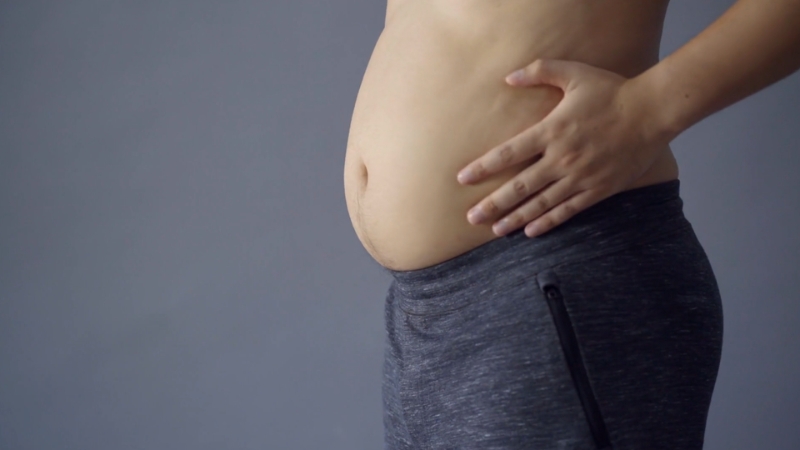
Testosterone regulates fat metabolism and muscle mass in men. When levels fall, fat begins to shift from lean muscle areas to the abdomen.
Testosterone’s Primary Functions Related to Fat
- Promotes muscle growth, which raises basal metabolic rate
- Inhibits fat accumulation in the abdominal region
- Maintains insulin sensitivity
- Regulates leptin to control appetite
According to a study in the Journal of Clinical Endocrinology & Metabolism,
“Low testosterone concentrations in men are associated with increased liver and visceral fat.”
Signs of Low Testosterone in Men
- Increased abdominal fat
- Loss of muscle tone
- Decreased energy
- Lower libido or erectile issues
The Role of Cortisol, Insulin, and Thyroid Hormones
View this post on Instagram
A post shared by Dr. Melinda Silva | Personalized Wellness (@teamsilvamd)
Cortisol, insulin, and thyroid hormones all contribute to where fat settles. When these systems go off track, they alter metabolism, hunger, and storage patterns.
Cortisol and Stress-Driven Fat
- Cortisol rises under chronic stress
- High cortisol drives fat into the belly area
- Stress-related fat is visceral and harder to lose
Insulin Resistance and Sugar Storage
- High sugar diets spike insulin
- Insulin pushes excess glucose into fat cells
- Fat builds in the abdomen and around the liver
Thyroid Function and Fat Metabolism
- Low thyroid hormones (T3, T4) slow metabolic rate
- Energy use declines, causing weight gain
- Fat often stores across the midsection and thighs
Life Transitions That Shift Fat Storage
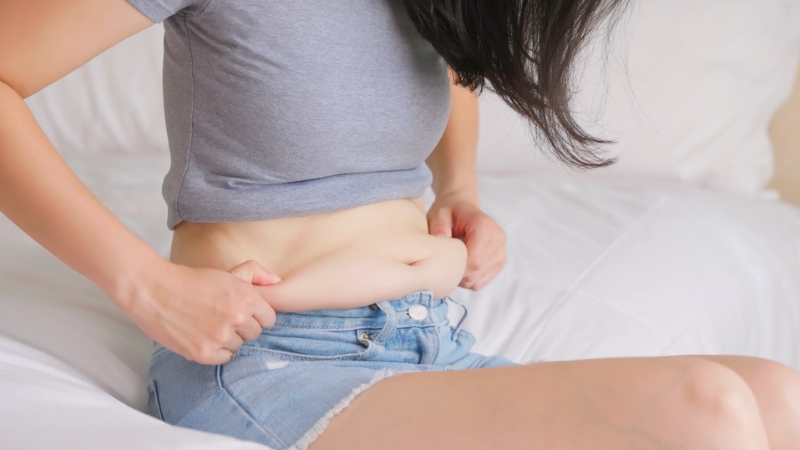
Each transition brings a new pattern of fat storage, shaped by changing levels of estrogen, testosterone, and other regulators. Fat no longer stays where it used to. It migrates, expands, and often settles in areas tied to protective or reproductive functions.
Puberty introduces the first major hormonal change. In girls, rising estrogen levels encourage fat storage in the hips, thighs, and buttocks. This fat pattern supports fertility and childbearing later in life. Boys follow a different path.
As testosterone increases, muscle mass builds quickly, and fat storage shifts away from the lower body. The male frame grows broader, and fat tends to stay in the upper body when it appears.
Pregnancy brings another wave of change. Estrogen and progesterone levels rise rapidly to support the developing fetus. These hormones encourage the body to store extra energy, mostly in the breasts, hips, and abdomen.
Fat gain in those regions supports both pregnancy and lactation. After birth, some of that fat may remain due to slowed metabolism and hormonal readjustment.
Menopause shifts the hormonal landscape once again. Estrogen drops, and the body begins to store fat in the abdominal area instead of the lower body.
This change creates a more apple-shaped figure, even in women who once held a pear-shaped pattern. Muscle mass also decreases during this period, which lowers metabolism and leads to faster fat gain with the same food intake.
Andropause develops more slowly in men. Testosterone levels decline gradually after age 40. The change is not sudden, but its effects still appear. Belly fat increases. Muscle shrinks.
Energy drops. Fat begins to settle in places once held lean. Insulin resistance may follow, making it harder for the body to use energy properly. That combination reshapes the male body with age.
Treatment Paths for Hormone-Linked Fat Gain

Targeted treatment begins with identifying the hormonal signals behind fat shifts. Visual changes in fat storage are physical signs of a deeper imbalance.
Diagnostic Testing Comes First
Before any treatment begins, lab work must confirm the hormonal imbalance. Blood tests evaluate key levels including:
- Estrogen
- Testosterone
- Insulin
- Cortisol
- T3 and T4 (thyroid hormones)
Endocrinologists analyze the entire profile. Patterns of fat gain often match specific deficiencies or surpluses.
For example, central weight gain with fatigue and dry skin may point toward hypothyroidism. Belly fat with low energy and decreased libido may signal low testosterone.
Hormone Replacement Therapies
Hormone replacement therapy (HRT) is a medicine-based treatment used to relieve symptoms of menopause. It replaces hormones that are at a low level as you approach menopause.
Learn more about HRT: https://t.co/NTVK7vjPgp pic.twitter.com/c5OV1nADk2
— HSE Ireland (@HSELive) October 15, 2024
In some cases, restoring normal hormone levels provides direct fat reduction benefits. Men with clinically low testosterone may receive testosterone replacement therapy (TRT). When dosed carefully, TRT can:
- Reduce visceral fat
- Improve lean muscle mass
- Raise energy levels
For women, hormone replacement therapy (HRT) helps rebalance estrogen and progesterone after menopause. HRT may slow or reverse abdominal fat gain caused by estrogen loss.
Conclusion
Fat does not appear randomly. Hormones guide where it settles and how fast it builds. Men and women show clear patterns shaped by testosterone, estrogen, cortisol, insulin, and thyroid function.
When those systems fall out of balance, fat shifts into new areas, often without warning. Abdominal weight, lower-body fat, or upper-body changes often trace back to hidden hormonal causes.
Each life stage adds another layer. Puberty, pregnancy, menopause, and andropause all bring natural hormonal transitions.
With them come changes in shape, weight, and metabolic response. These shifts are not failures of effort. They follow chemical signals that deserve medical attention and not personal blame.
Related Posts:
- Is Your Hair Long Enough for a Perm? Men’s Guide to…
- How Hormonal Changes Shape Skin, Hair, and Energy…
- Types And Causes Of Breast Discharge - What Your…
- 7 Silent Body Problems Guys Ignore Until They Get Worse
- HRT: What are the pros and cons of hormone…
- Makeup Tips for Women with Thinning Brows and Drooping Lids

